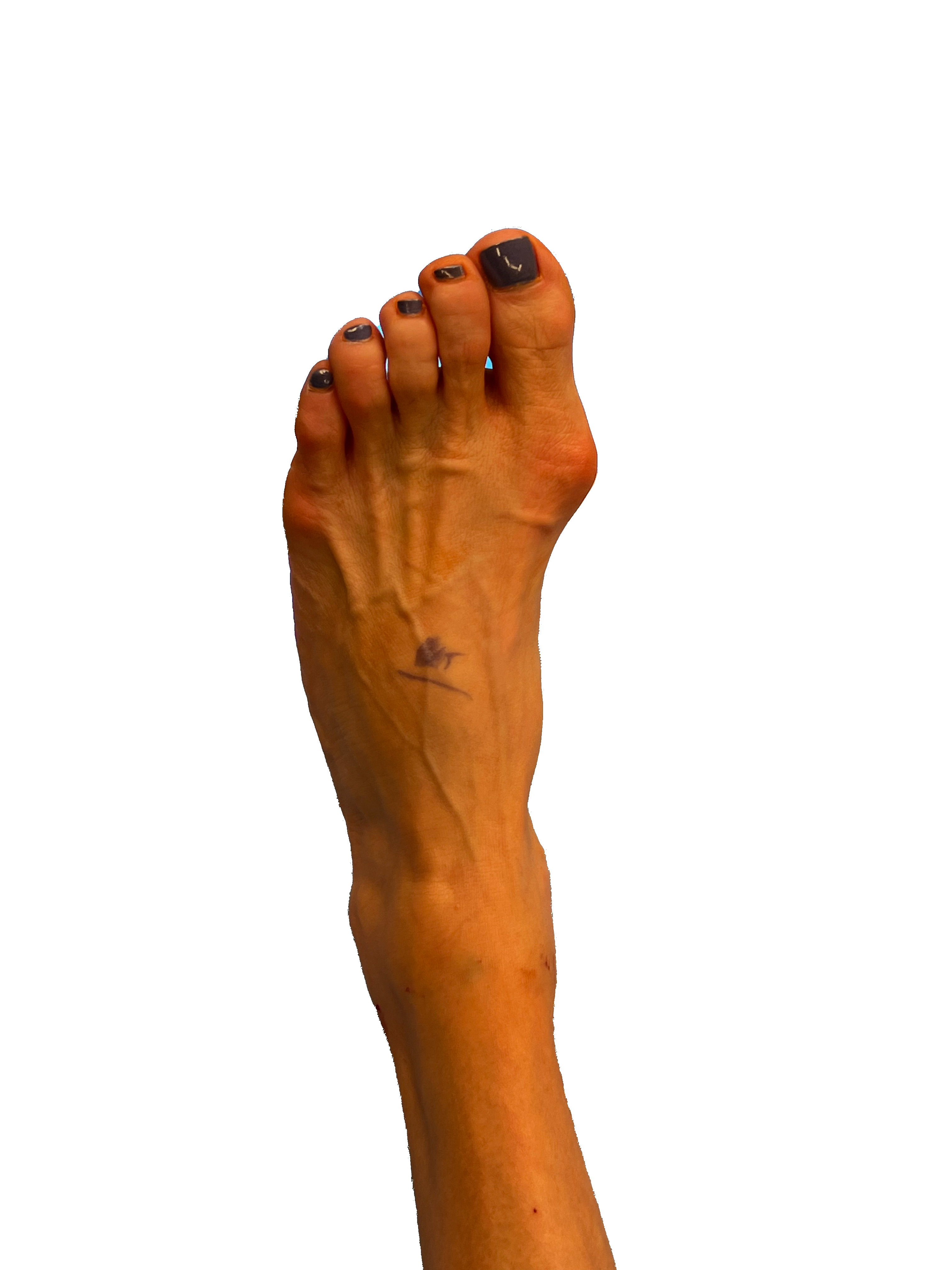Bunions are a common foot condition where the big toe gradually shifts inward, creating a painful bump on the side of the foot. This can make it difficult to find comfortable shoes, cause irritation, and even lead to joint stiffness. While conservative treatments can help relieve symptoms, many patients require surgery to correct the problem. Fortunately, today’s minimally invasive bunion surgery offers faster recovery, less pain, and smaller incisions compared to traditional surgery. Our practice specializes in advanced techniques to help you get back on your feet with minimal downtime.

No. Bunions are a structural deformity of the bones, so they don’t go away on their own. Non-surgical treatments can relieve pain but won’t correct the bunion.
Minimally invasive surgery uses smaller incisions and specialized instruments to realign the bones with less tissue damage. This typically results in less pain, faster recovery, and smaller scars.
Many patients can walk the same day of surgery in a protective shoe. Most return to normal activities within 6–8 weeks, which is faster than traditional surgery.
As with any surgery, there are risks, but minimally invasive techniques reduce the likelihood of complications like infection, stiffness, or prolonged swelling.
Patients with painful bunions that affect walking, shoe wear, or daily activities are often good candidates. A consultation with a foot and ankle specialist is the best way to know for sure.
Minimally invasive bunion surgery has excellent long-term outcomes. The risk of recurrence is very low.